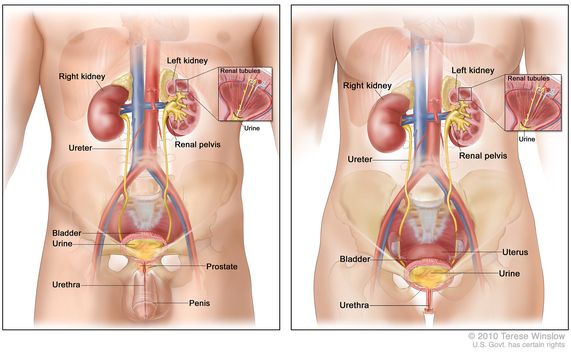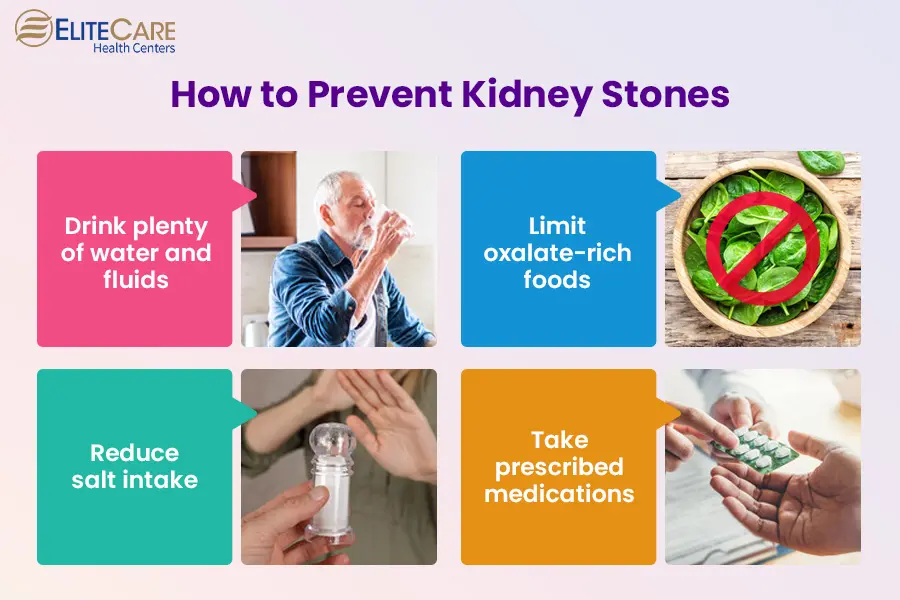A Comparative Research Study of the Threat Elements and Prevention Techniques for Kidney Stones and Urinary Tract Infections: Insights for Better Wellness
The increasing prevalence of kidney stones and urinary system system infections (UTIs) requires a better exam of their related threat aspects and avoidance techniques. Both conditions, typically influenced by way of life options such as hydration, diet plan, and weight administration, highlight an essential junction in health and wellness promotion. By recognizing and resolving these shared susceptabilities, we can establish much more effective strategies to alleviate the dangers related to each. What effects might these understandings have for public health and wellness initiatives and individual health and wellness management? The response might reshape our understanding of preventative treatment.
Introduction of Kidney stones
Kidney stones are an usual urological condition, influencing around 10% of people at some time in their lives. These strong mineral and salt deposits develop in the kidneys when pee ends up being concentrated, enabling minerals to take shape and bind together. The structure of kidney stones varies, with calcium oxalate stones being one of the most prevalent, complied with by uric acid, struvite, and cystine stones.
Risk aspects for the growth of kidney stones consist of dehydration, nutritional habits, weight problems, and particular medical conditions such as hyperparathyroidism or metabolic conditions. Symptoms of kidney stones can vary from light pain to severe pain, usually presenting as flank discomfort, hematuria, and urinary system necessity.

Understanding Urinary System Infections
Urinary system system infections (UTIs) represent a prevalent clinical condition, particularly among women, with approximately 50-60% experiencing at the very least one UTI in their life time - Kidney Stones vs UTI. UTIs occur when microorganisms go into the urinary system, leading to inflammation and infection. This condition can impact any kind of part of the urinary system, consisting of the kidneys, ureters, bladder, and urethra, with the bladder being the most commonly affected website
The medical discussion of UTIs usually consists of signs such as dysuria, increased urinary regularity, urgency, and suprapubic pain. In some cases, individuals may experience systemic signs such as high temperature and cools, showing an extra serious infection, possibly including the kidneys. Medical diagnosis is mostly based upon the presence of signs and symptoms, proven by urinalysis and pee culture to determine the original organisms.
Escherichia coli is the most usual pathogen connected with UTIs, making up approximately 80-90% of situations. Threat elements consist of anatomical tendencies, sex-related activity, and specific clinical problems, such as diabetes. Recognizing the pathophysiology, professional manifestations, and diagnostic requirements of UTIs is critical for effective administration and prevention methods in at risk populations.
Shared Risk Aspects
Numerous common threat elements add to the advancement of both kidney stones and urinary system system infections (UTIs), highlighting the interconnectedness of these 2 problems. Dehydration is a famous threat variable; poor liquid consumption can lead to concentrated urine, advertising the development of kidney stones and developing a favorable environment for bacterial development, which can speed up UTIs.

Hormone elements, particularly in women, might additionally act as shared danger elements. Changes in estrogen degrees can impact urinary system wellness and stone formation. In addition, weight problems has been identified as an usual danger factor, where excess weight can lead to metabolic changes that prefer both kidney stone growth and urinary system infections. Acknowledging these shared risk variables is important for recognizing the complicated relationship in between these two wellness problems.
Prevention Approaches
Comprehending the common risk elements for kidney stones and urinary system infections underscores the value of implementing efficient prevention techniques. Central to these approaches is the promotion of appropriate hydration, as sufficient fluid consumption thins down urine, decreasing the focus of stone-forming materials and decreasing the risk of infection. Health care specialists typically advise drinking a minimum of 2 to 3 litres of water daily, customized to individual demands.
Moreover, dietary adjustments play a crucial function. A balanced diet plan reduced in sodium, oxalates, and animal healthy proteins can minimize the formation of kidney stones, while enhancing the usage of vegetables and fruits supports urinary tract health. Routine tracking of urinary system pH and structure can additionally aid in identifying predispositions to stone formation or infections.
In addition, preserving proper health practices is essential, specifically in women, to avoid urinary system infections. Generally, these prevention strategies are essential for minimizing the incidence of both kidney stones and urinary system infections.
Way Of Life Modifications for Wellness
Applying specific way of life adjustments can significantly decrease the threat of creating kidney stones and urinary tract infections (UTIs) A balanced diet plan plays a critical function; boosting liquid consumption, specifically water, can dilute urine and help avoid stone development as well as flush out microorganisms that might lead to UTIs.
Normal physical task is additionally vital, as it promotes overall health and aids in maintaining a healthy weight, further decreasing the risk of metabolic disorders connected with kidney stones. Furthermore, practicing good hygiene is important in stopping UTIs, especially in ladies, where wiping methods and post-coital peeing can play preventative duties.
Preventing extreme caffeine and alcohol, both of which browse around this web-site can intensify dehydration, is recommended. Last but not least, normal clinical examinations can help monitor kidney feature and urinary system wellness, recognizing any type of very early indications of problems. By embracing these way of life modifications, people can improve their overall health while successfully decreasing the threat of kidney stones and urinary tract infections.
Conclusion
In verdict, the relative analysis of kidney stones and urinary system infections highlights the importance of shared threat elements such as dehydration, dietary routines, and excessive weight. Executing effective prevention techniques that focus on ample hydration, a balanced diet plan, and routine exercise can reduce the incidence of both problems. By addressing these common components via lifestyle alterations and boosted hygiene practices, people can boost their overall health and reduce their vulnerability to these prevalent health and wellness concerns.
The enhancing frequency of kidney stones and urinary tract infections (UTIs) requires a more detailed evaluation of their related threat elements navigate to this site and prevention techniques - Kidney Stones vs UTI. The make-up of kidney stones varies, with calcium oxalate stones being the most common, complied with by uric acid, struvite, and cystine stones
Therapy choices differ based on the size and type of the stone, varying from traditional administration with enhanced liquid intake to clinical treatment like lithotripsy or medical removal for larger stones. Furthermore, obesity has been identified as a typical danger variable, where excess weight can lead to metabolic adjustments that prefer both kidney stone growth and urinary system system infections.Understanding the shared threat variables for kidney stones and urinary system system infections emphasizes the importance of implementing effective prevention techniques.